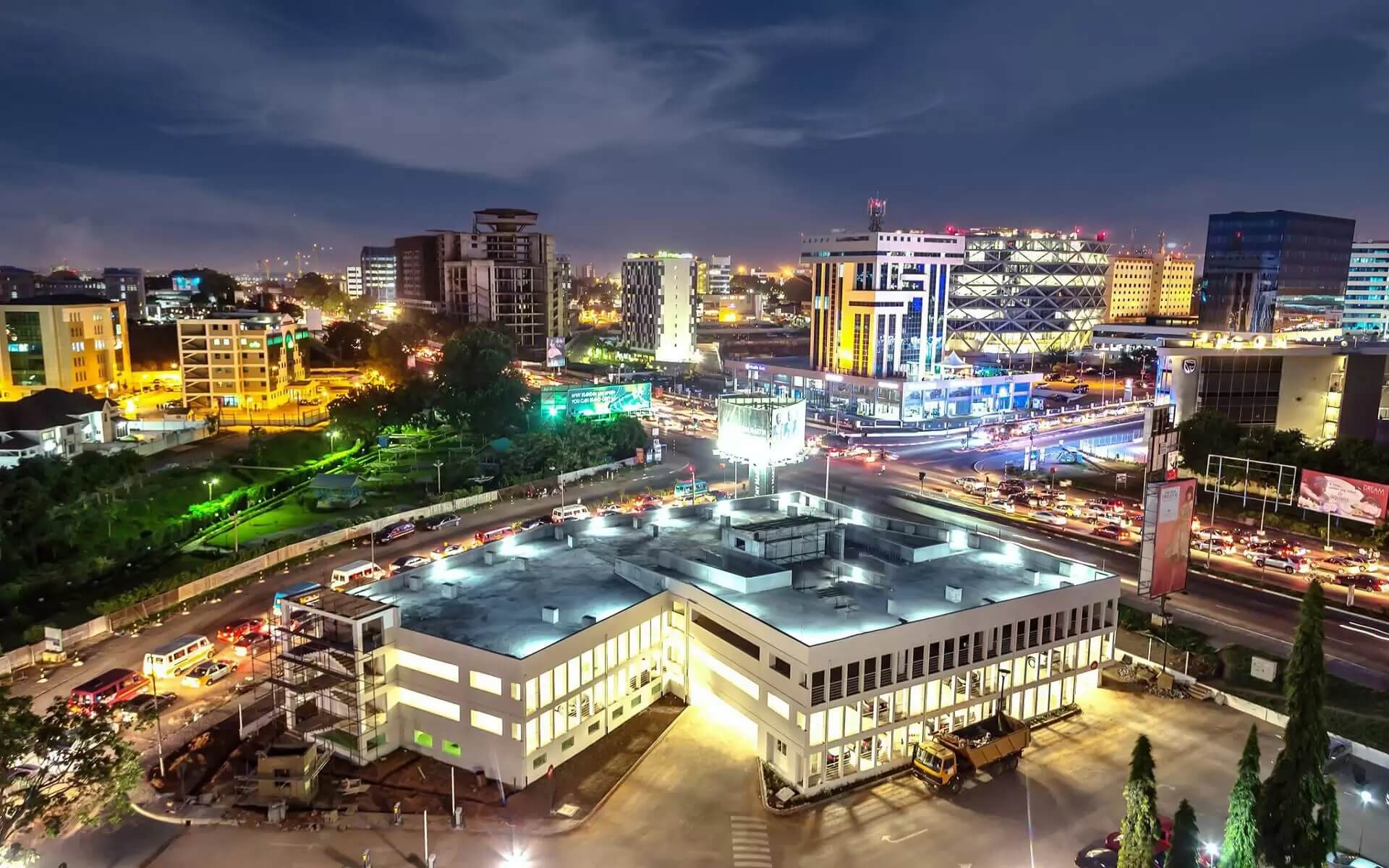Ghana, formally the Republic of Ghana, is a sovereign unitarypresidential constitutional democracy in West Africa, located along the Gulf of Guinea and the Atlantic Ocean. Ghana has a land mass of 238,535 km2 and is bounded in the west by the Ivory Coast, in the north by Burkina Faso, in the east by Togo, and in the south by the Gulf of Guinea and the Atlantic Ocean. In the Soninke language, the title Ghana means “Warrior King.”
Ghana’s land has been inhabited for millennia, with the earliest stable state going back to the 11th century. Over the ages, several kingdoms and empires arose, the most powerful of which was the Kingdom of Ashanti. Several European countries battled the area for commercial rights beginning in the 15th century, with the British eventually securing control of the coast by the late 19th century. Following almost a century of local opposition, Ghana’s present borders were established as the British Gold Coast by the 1900s. It was the first Sub-Saharan African country to proclaim independence from European colonial rule in 1957.
Ghana is a cosmopolitan country with a population of over 27 million people from many ethnic, linguistic, and religious groupings. Traditional faiths are practiced by 5% of the population, Christianity by 71.2 percent, and Islam by 17.6 percent. Its topography and ecology are varied, ranging from coastal savannahs to tropical rainforests. Ghana is a democratic country with a president who serves as both the head of state and the head of government. Following a quarter-century of relative stability and excellent governance, Ghana’s economy is one of the strongest and most diverse in Africa. Ghana’s rising economic success and democratic political system have elevated it to the status of West African regional power. It is a member of the Non-Aligned Movement, the African Union, the Economic Community of West African States (ECOWAS), the Group of 24 (G24), and the Commonwealth of Nations.


